INTRODUCTION

When i first started testing/reviewing hardware media players well over a decade ago these were considered to be among the "hottest" electronics devices available. Back then that made sense since the only other way consumers had to playback media on their TV screens where HTPC's which were not only larger but they also cost considerably more (not to mention that they were also more power hungry). Unfortunately, even though it did take TV manufacturers many years to add playback functionality the arrival of such models did affect media player sales resulting in several companies practically going bankrupt. Thanks to the rather impressive popularity of their award winning hardware media players Dune HD managed to keep going and today with me i have one of their latest models, the Pro 4K II.
Dune HD is recognized as a global leader in high-performance digital media players. We received more awards than any other company in the category for delivering the very best in networked digital media devices. Dune HD products support the widest number of digital formats in use today, from Internet-based digital streaming and downloadable content, to disc based formats such as Blu-ray, DVD and CD. Dune HD offers an array of high-quality digital media players for both consumer and commercial markets. The product line ranges from low-cost, compact set-top box (STB) designs to professional-grade universal media players with internal hard drive bays and full internet and content connectivity. Products in the Dune HD line feature the best-in-class chipsets for extreme speed and performance.
As clearly stated by its name the Pro 4K II is the successor to the highly popular Pro 4K model released just over 2 years ago and as expected it's upgraded across the board. So, under the hood we find the latest Realtek RTD1619DD SoC (six core Cortex ARM A55 CPU with Mali G51 GPU) which this time over is paired with 4GB of DDR4 RAM and 32GB of flash memory by Samsung (eMMC 5.1). According to Dune HD the CPU and GPU used in the Pro 4K II feature an increase in performance of 77% and 50% respectively compared to the CPU and GPU used in the Pro 4K model. Add the 2GB of extra RAM and 16GB of extra NAND flash and the Pro 4K II is clearly a huge upgrade compared to the original Pro 4K, hardware-wise at least. Connectivity includes Bluetooth v4.1, RJ45 Gigabit Ethernet port, 802.11ac 2T2R dual-band WiFi, external SATA port, HDMI v2.0b output, HDMI v2.0 input, 2 USB 3.0 ports, USB 2.0 port, Optical out (S/PDIF), A/V output and a micro SD card slot. In terms of software the new Pro 4K II features a hybrid Linux/Android TV v9 OS (instead of v7.1 in the original Pro 4K), fully supports 4kp60 decoding/output, HDR/HDR10+, 3D, VP9/VP9 Profile 2, H264/H265, 10-bit HEVC and can playback pretty much every known video (MKV, MPEG-TS, MPEG-PS, M2TS, VOB, AVI, MOV, MP4, QT, ASF, WMV, BD ISO, BDMV, BD3D ISO, DVD-ISO, VIDEO_TS) and audio (MP3, MPA, M4A, AAC, WAV, WMA, FLAC, OGG/VORBIS, WAVPACK, APE, ALAC, SACD ISO, SACD DSF, SACD DFF, AC3, DTS, DTS-WAV) file formats. So even prior to testing it's clear that the Pro 4K II is significantly better compared to its predecessor, the how much is what I’m going to find out in this review.
SPECIFICATIONS AND FEATURES

PACKAGING AND CONTENTS
The player arrived inside a blue and white box that has the company logo, a large product picture and the main features at the front.
Another product picture located on the left side is used to showcase its many connectors.
On the right side of the box we see yet another product picture right next to the bundle contents.
The features and specifications are listed at the rear of the box right over two drawings of the product used to showcase its connectors.
Dune HD has wrapped the player inside a synthetic cover and placed it in a formed piece of foam (the rest of the bundle is placed in 2 cardboard boxes).
Along with the Pro 4K II media player, its power adapter and two power cords (EU/UK) the box also contains two WiFi antennas, large remote control (AAA batteries included), SATA cable, HDMI cable, A/V RCA cable and the quick start guide.
THE PRO 4K II EXTERIOR
The aluminum enclosure of the Pro 4K II measures 187mm in length, 140mm in width and 29mm in height.
This of course is nothing new since the same body was used for the Pro 4K player (in the above picture i also placed the Solo 4K model).
Once again, a small VFW screen is located at the front of the enclosure.
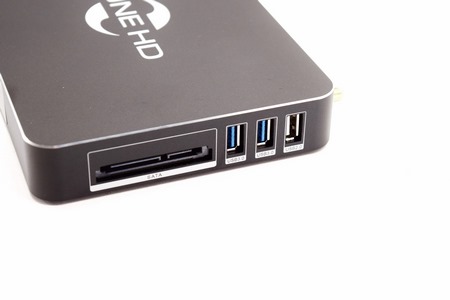
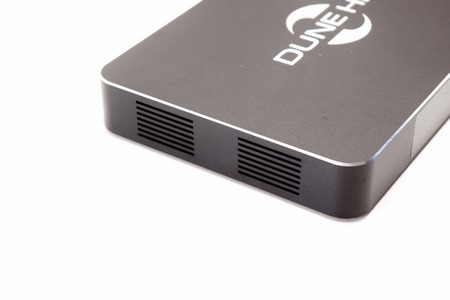 The two USB 3.0 ports, USB 2.0 port and the SATA connector are located on the right side whereas the left side just has two perforated sections.
The two USB 3.0 ports, USB 2.0 port and the SATA connector are located on the right side whereas the left side just has two perforated sections.
Turning the enclosure around we see the two antenna mounts, Gigabit LAN port, HDMI v2.0b output, HDMI v2.0 input, AV out (composite and analog stereo), optical S/PDIF output, micro SD card slot, reset button and the DC in (the Pro 4K model had an on/off power switch but lacked the S/PDIF output).
Four rubber feet are located at the base of the enclosure (larger than the ones used with the Pro 4K model).
THE PRO 4K II INTERIOR
Just like with the Pro 4K to access the interior you just need to remove the 4 screws located at the base of the enclosure.
All of the components are located on the other side of the PCB and so here we see the 32GB NAND flash module by Samsung, large heatsink placed both over the RTD1619DD SoC and the 4GB DDR4 RAM and finally the Wi-Fi Dual-band 2X2 11ac Module (includes Bluetooth v4.1 connectivity according to the specs of the Realtek RTL8822BS chip this is based on).
The bundled Antennas look identical to the ones used with the Pro 4K so nothing new here.
Unfortunately, even though the remote control allows for easy access to every button it's not illuminated like the one bundled with the Pro 4K.
GUI PART 1
Dune HD has been using the same GUI design as long as i can remember and since it's very easy to navigate i see no reason to change it.
As usual from the sources icon you can access the internal flash memory and any attached media and network locations.
The latest news from Dune HD can be accessed from the news icon.
Inside the movies icon you can see details about the movie on the attached media.
By default, the TV section is empty and so you can choose to install your preferred app.
Music and radiotime are the sole two applications Dune HD ships with the player but again you can add more.
With the previous stable firmware update the player featured a total of 9 Android applications (with the new beta it has more).
From the setup page you can access the usual player settings including the interface language, time zone, video and audio output, network status, installed applications, appearance (skins), remote control adjustments, playback preferences (including which player to use by default), encodings, power management (from here you can choose for the player to completely turn off instead of going to standby mode), location, firmware updates and available plugins.
GUI PART 2
By installing the latest beta firmware another option was made available, brightness levels for the VFW screen.
Of course, you can also send a debug log to Dune HD in case you have issues with the player.
From the system information icon, you can access some of the typical Android TV settings.
One thing that needs to be addressed is limited vs full range and this is an option you should toy with to see which is best for your TV screen (dark scenes are impacted significantly by this).
There are also several audio settings to play around with (unfortunately my surround sound systems are 5.1/7.1 Dolby Digital ones and don't support the latest standards).
There are a couple of other settings you may want to experiment with (for example performance mode) but unless you really know what you're doing i advise against it.
Last but not least the information icon displays the product ID, installed firmware, serial numbers, license type, IP and MAC addresses and of course the date and time.
AUDIO / VIDEO QUALITY
Even though i recently moved to the Nikon D3500 I’m still not confident it can reproduce the exact picture quality in total darkness so to counter this (at least partially) i have uploaded the full pictures on the server (due to size however i couldn't upload many). Just like with past 4K media players i used the same testing suite (converted several UHD Blu-Ray titles to H.265 HEVC MKV including Shazam, Braveheart, Birds Of Prey, Batman VS Superman and the Back to The Future trilogy) and i wasn't disappointed since the player produced vivid colors, sharp picture and crystal clear audio (i just used the built-in player however and not KODI). This time however I did take things a bit further so even though during my initial tests i had no problem using the two most popular modes (4k60/4k24) with all the movies mentioned already (almost all the way to 100 Mbit/s) I really wanted to check and see just how much the Pro 4K II could take. To that end I used several HDR H265 HEVC 10-bit demo files with bitrates all the way up to 400 Mbit/s with very good results since the player worked like a charm up to 300 Mbit/s (350-400 Mbit/s proved to be too much).
CONCLUSION

Been testing Dune HD hardware media players almost from day one and i can't say i ever had serious problems with them. Yes, i may have found myself in situations where top of the line players of theirs weren't able to play some media content but that was primarily due to faults in encoding. Still there have been issues other people did notice like the lack of HDR meta data, wrong frame rates and the ff/rw functionality all of which "plagued" the original Pro 4K model. These may not have been game breakers for some people (myself included) but even so I’m happy to report that Dune HD has resolved those with the Pro 4K II model as they have with the issue of color banding (at least to a large degree - this however seems to be an issue caused by the Realtek chips and not Dune HD) and the playback of menus from 4K UHD Blu-Ray backups (folder/ISO). I was somewhat disappointed to see that the remote control lacks illumination but it is what it is.
The Dune HD Pro 4K II is currently available for USD377/318Euros (Futeko.com) a price tag which is on par with what anyone would expect for such a product manufactured by one of the oldest and leading media player manufacturers in the world. That of course doesn’t mean it’s affordable and that’s what I hope Dune HD can work to improve, especially since there are a couple of similar players out there that cost quite a bit less. Price aside however Dune HD has one more plus other manufacturers don’t, very good product support and that alone is enough for many people to choose their products. Personally, I think that the Pro 4K II is their best media player to date, yes it may not feature some of the “cool” things found in larger models like the MAX (Blu-Ray Player / 3.5” tray) but it delivers the best performance I’ve seen to date and for that it gets the Platinum Award.

PROS
- Build Quality
- Realtek RTD1619DD SoC (6 Core ARM A55 / Mali G55)
- 4GB DDR4 RAM
- 4Kp60/24 HDR+ & VP9 Profile 2 Playback (Up To Well Over 100 Mbit/s)
- DTS: X & Dolby Atmos Support
- 802.11ac 2T2R Dual Band WiFi
- 3 USB Ports (2xUSB 3.0 / 1xUSB 2.0)
- External SATA Connector & Micro SD Card Slot
- S/PDIF, HDMI & Analog Audio Outputs
- HDMI Input
- OS (Android TV v9.0)
- Product Support
CONS
- Price (For Some)
- Menu Resolution Bug (update: according to Dune HD the GUI is rendered at 1080p even if the HDMI output is set at 4k)
- Current Availability
- Remote Control Without Illumination

 O-Sense
O-Sense






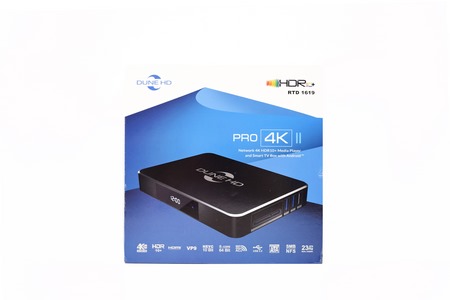
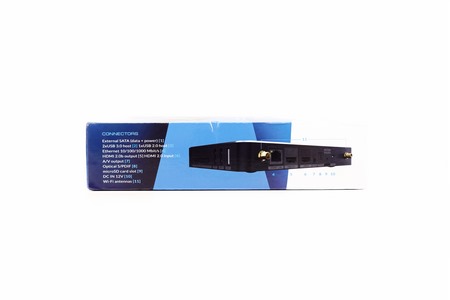
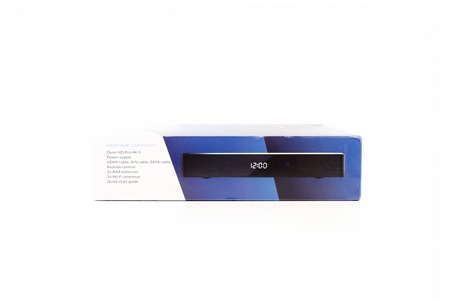
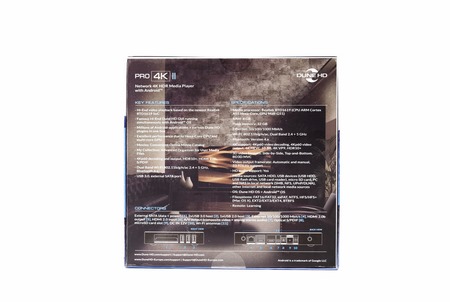
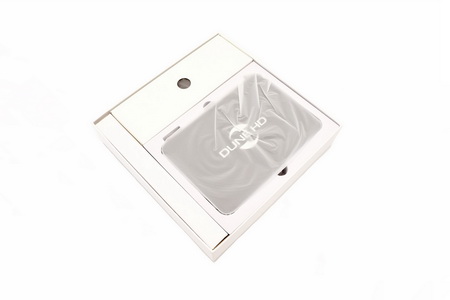
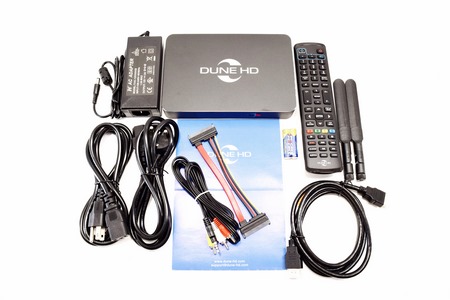
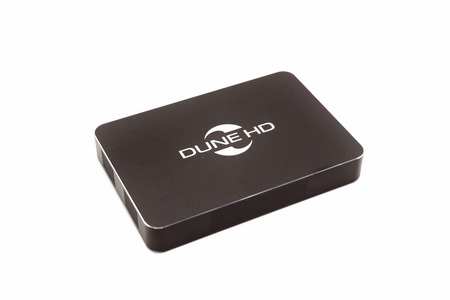
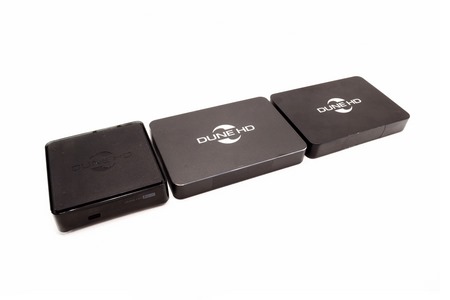
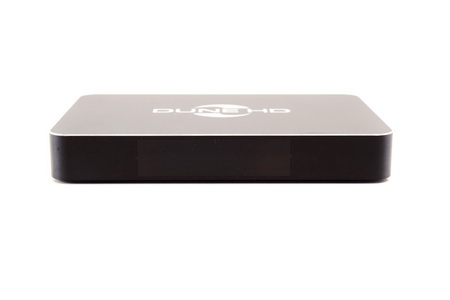
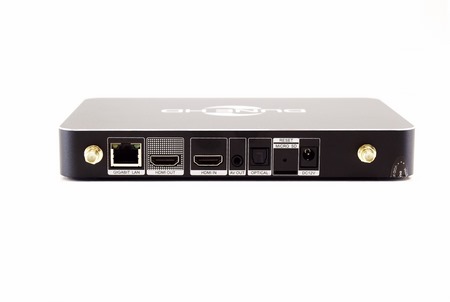
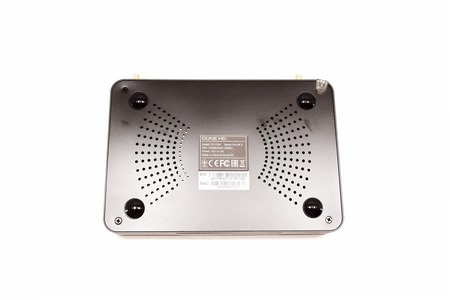
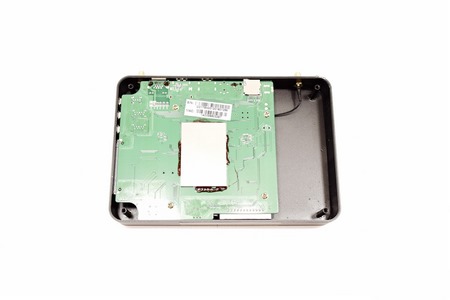
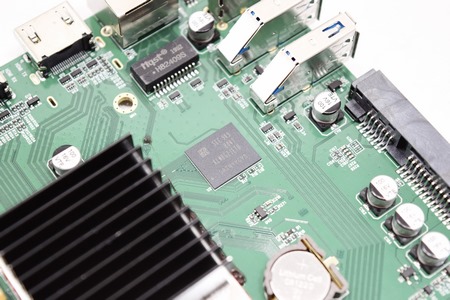
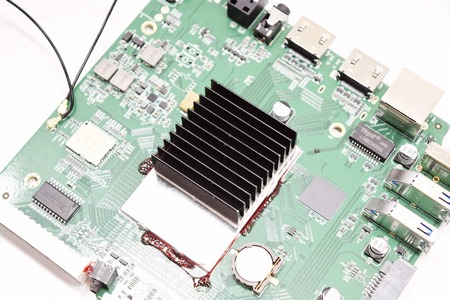
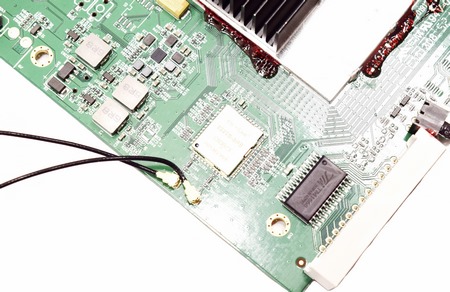
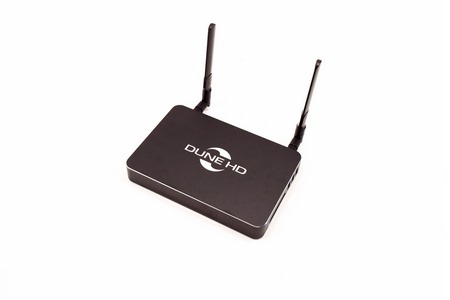
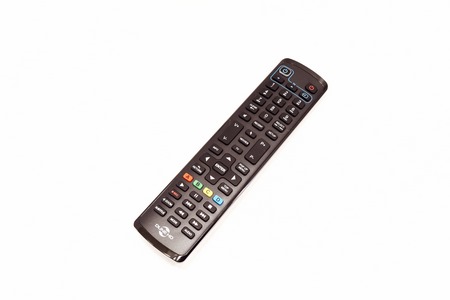
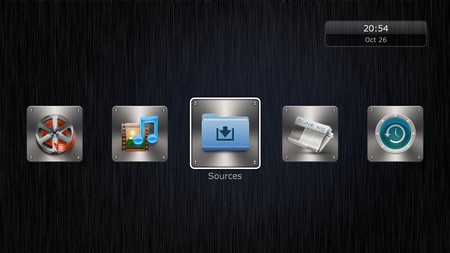
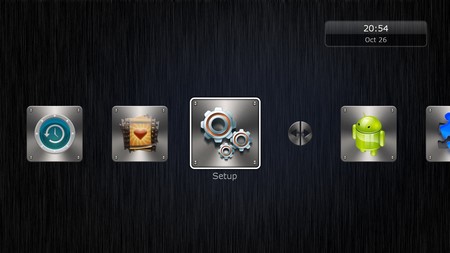
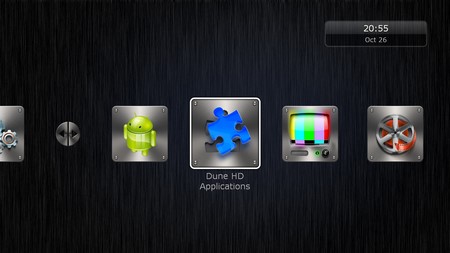
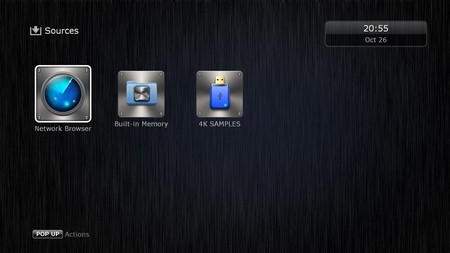
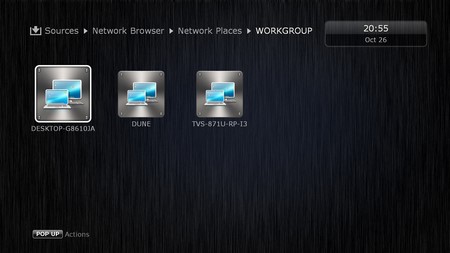
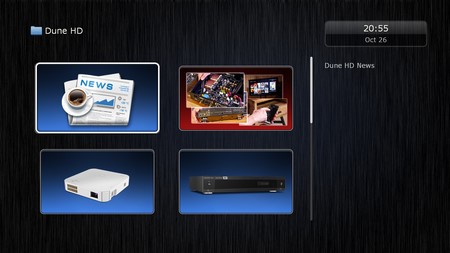
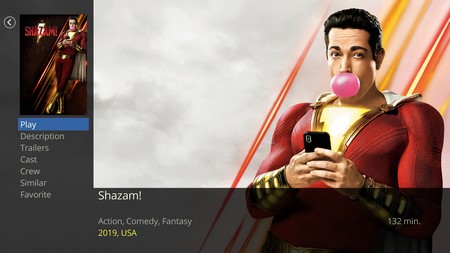
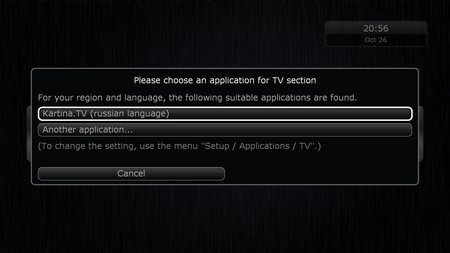
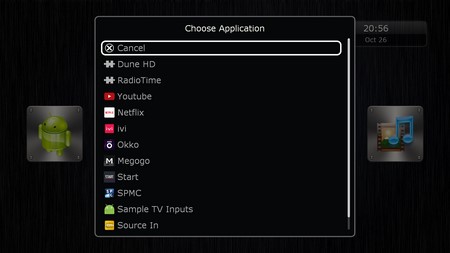
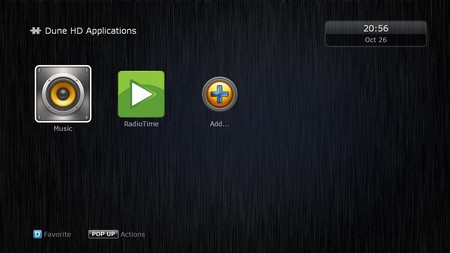
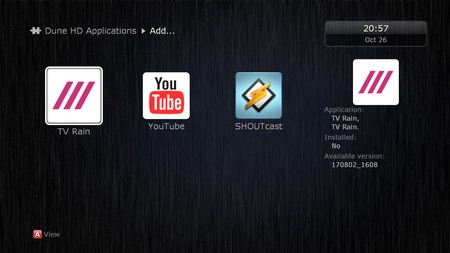
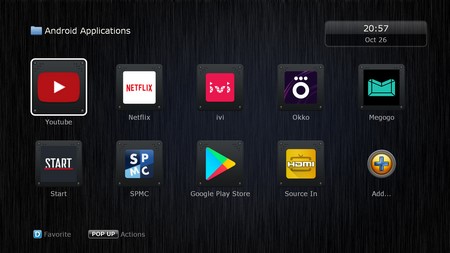
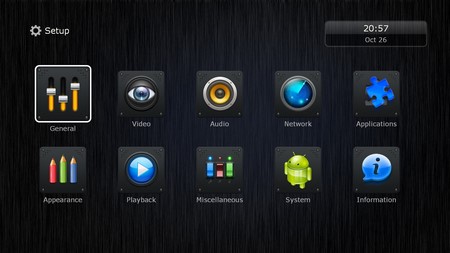
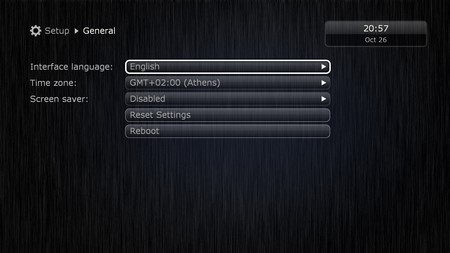
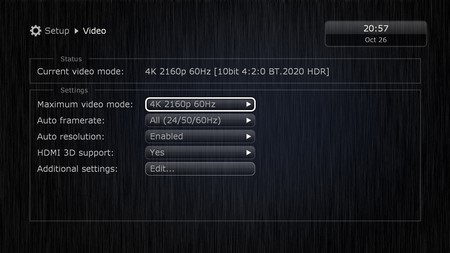
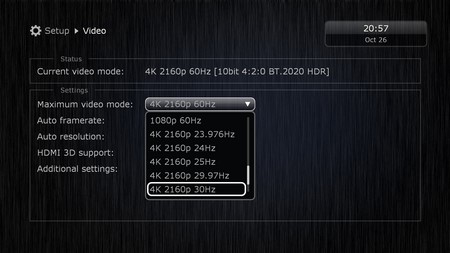
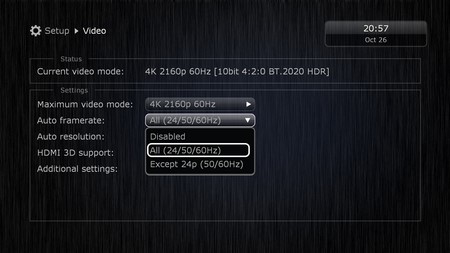
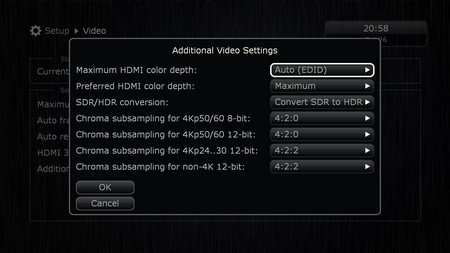
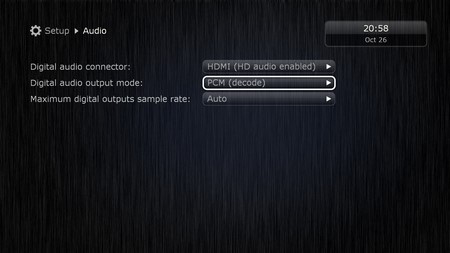
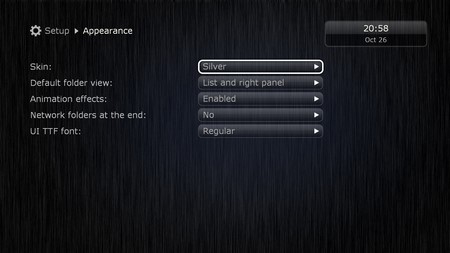
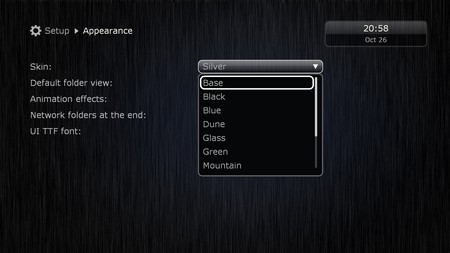
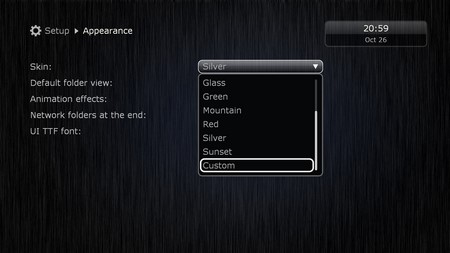
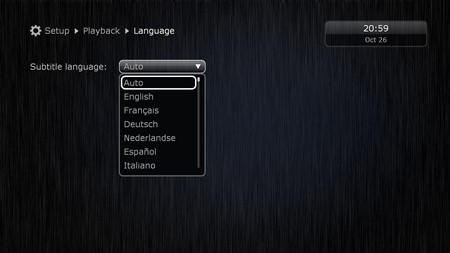
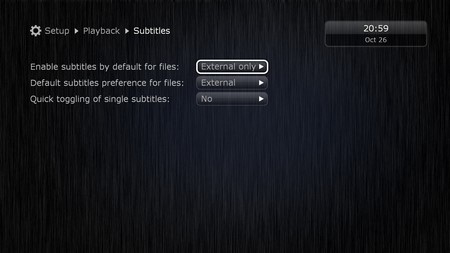
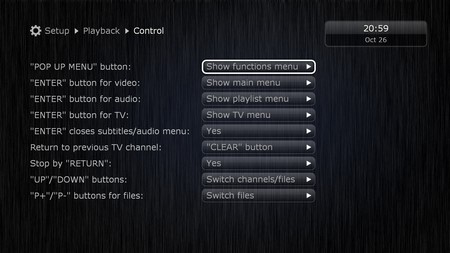
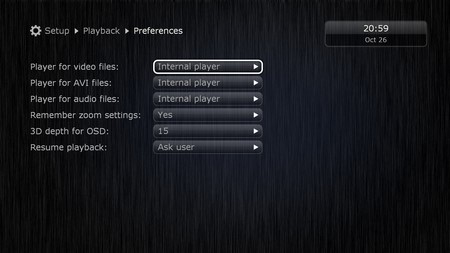
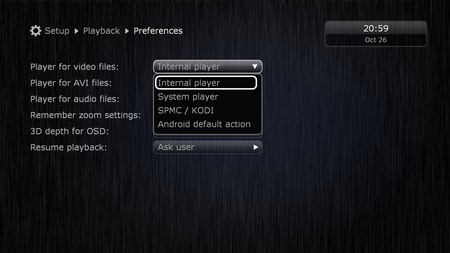
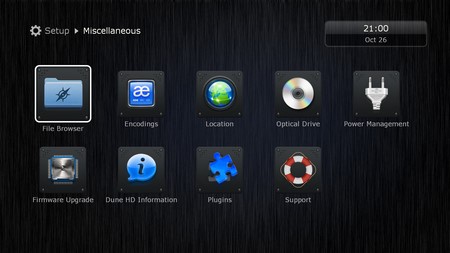
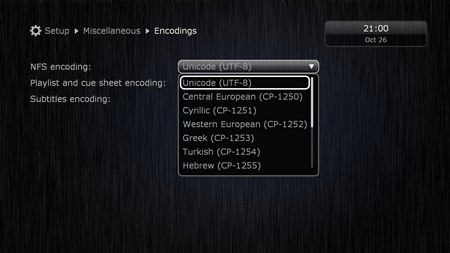
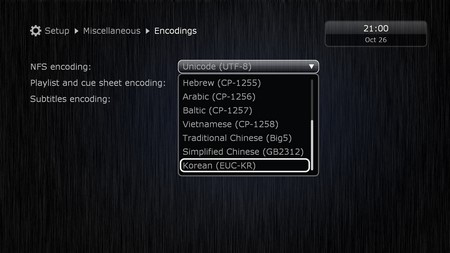
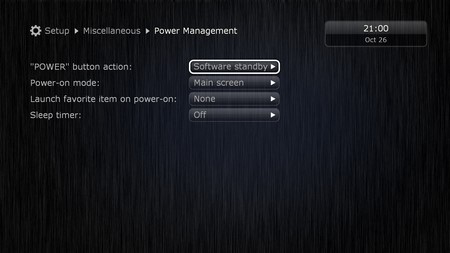
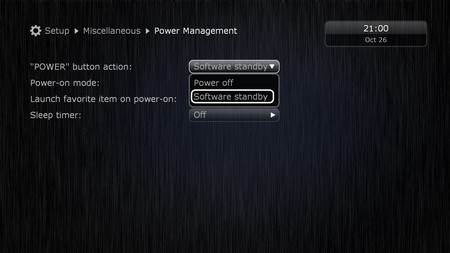
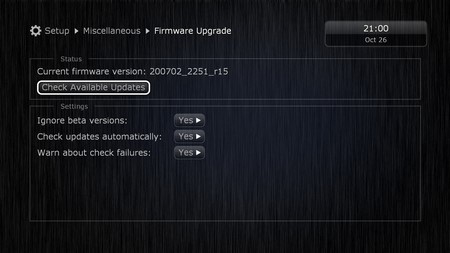
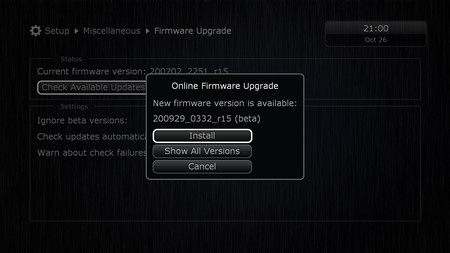
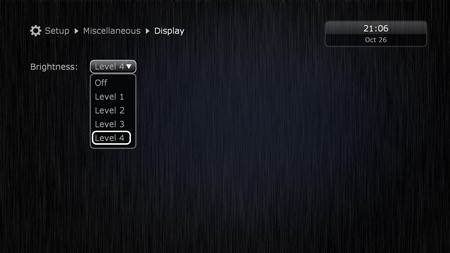

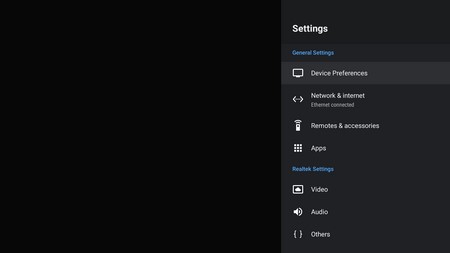
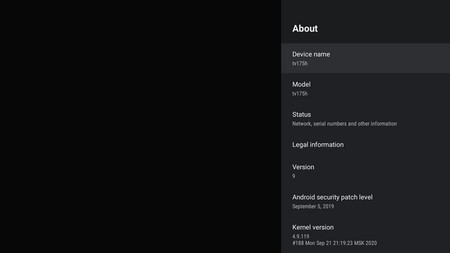
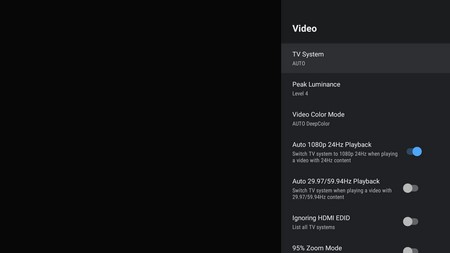
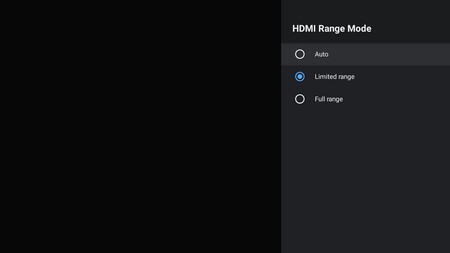
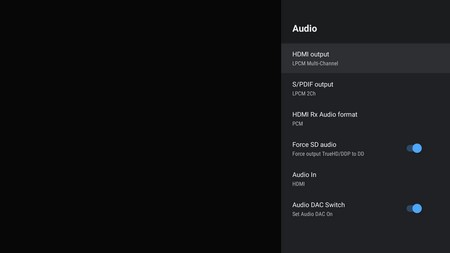
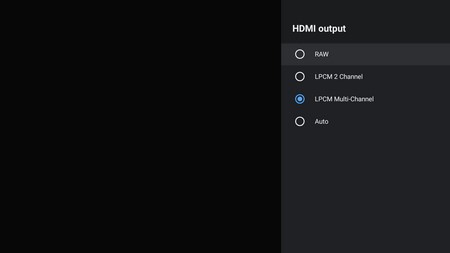
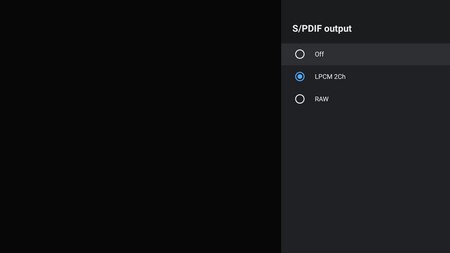
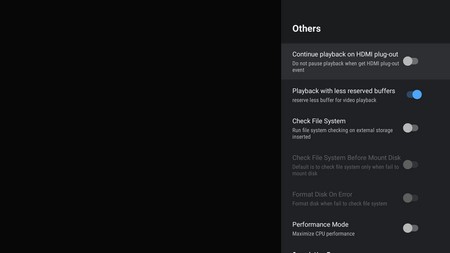
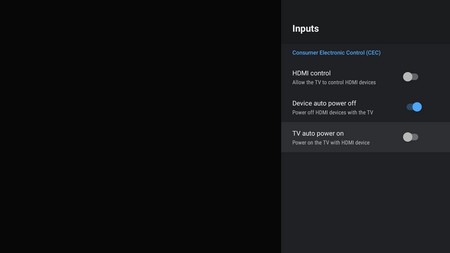
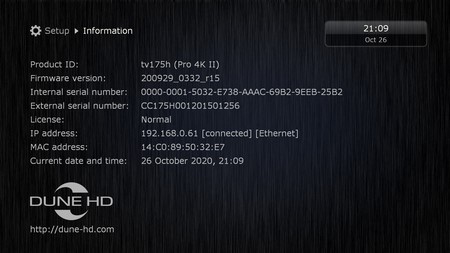






.png)

